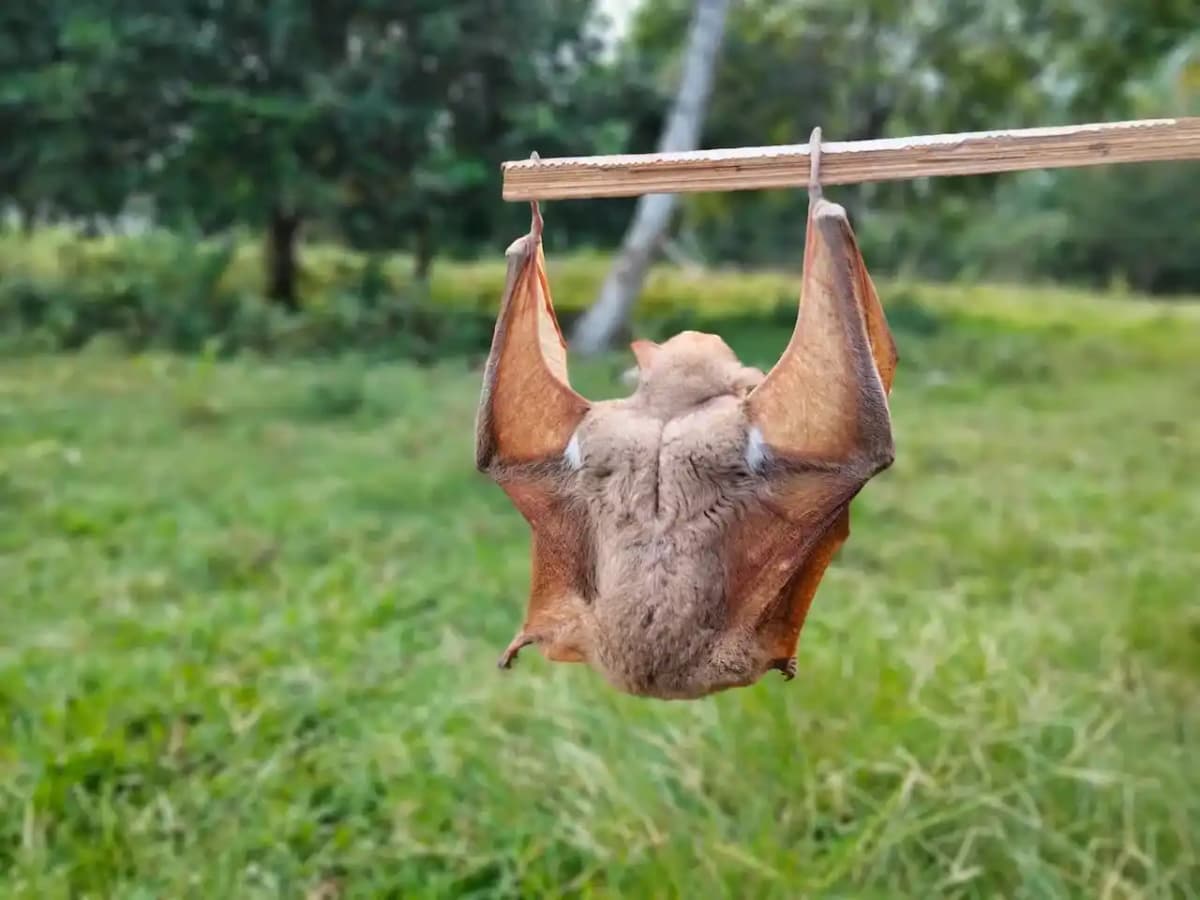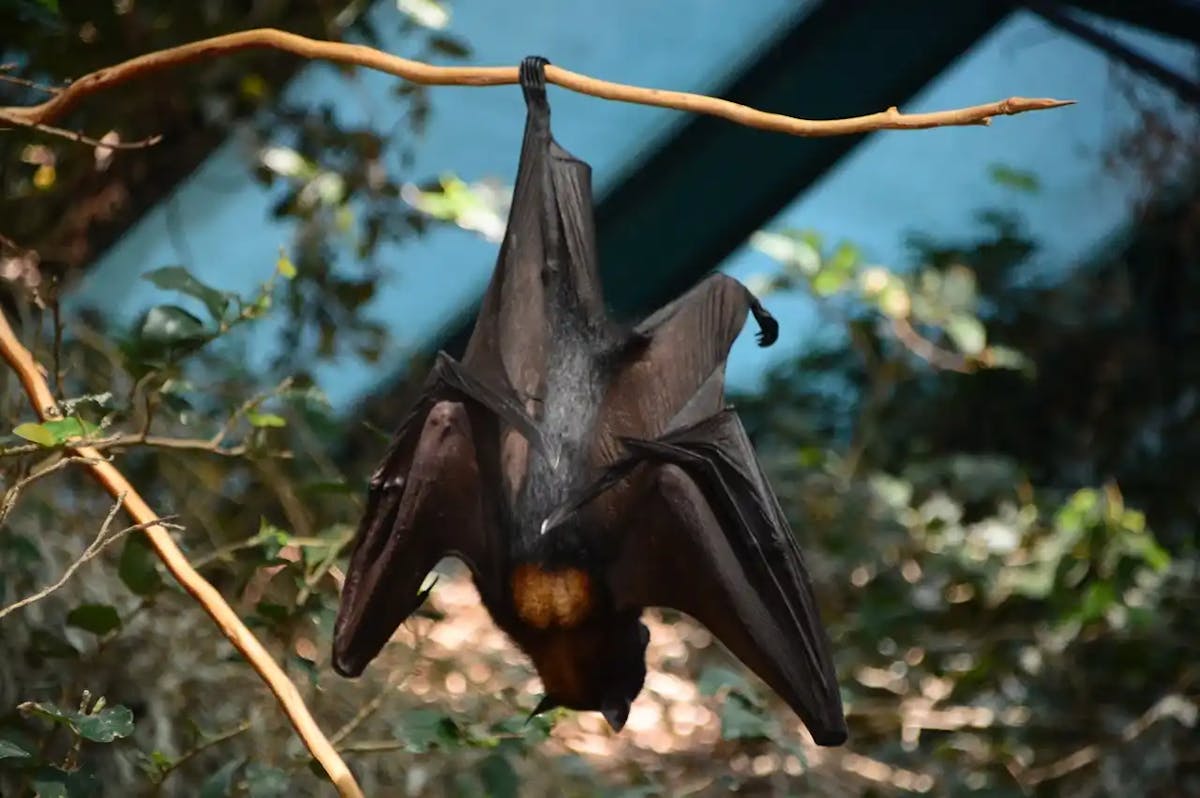Random Bat Facts | Bats are really special animals because they use echolocation to get around and find food when it's dark. They make high-frequency sounds and then listen for the echoes bouncing back. This helps them figure out where things are, how big they are, and if they're moving. It's like they have their own built-in radar system to help them navigate in the dark!
Bats are really interesting creatures that often get misunderstood. Unlike what some people think, bats aren't blind at all; they actually have really good eyesight. But what's really cool is that they mostly use echolocation to move around and find food. With this special skill, they make high-frequency sounds and then listen for the echoes bouncing back from objects or flying insects. This helps them find their way and catch food, even in the dark. Bats are super skilled hunters thanks to this unique ability!
Most Interesting Facts About Bat
Bats have an amazing ability called echolocation, which works like a natural sonar system. They make high-frequency sounds that are too high for humans to hear, and then they listen for the echoes that bounce back. This helps them figure out where things are, how big they are, and if they're moving. With echolocation, bats can fly and hunt really well, even in total darkness! They also have super sensitive hearing and special ears that can move separately, helping them find the source of a sound. These special skills make bats one of the coolest animals out there! Also see:- Random Owl Facts, Random Facts about Bear

Bats come in all shapes and sizes, but there's something most of them have in common: they love nectar! While bees are famous for pollinating flowers, some bat species also play a crucial part in this process. They sip nectar from flowers and spread pollen as they fly around at night. What's really amazing is how picky they can be about which flowers they choose. Some bats even evolve alongside certain plants over time. This special bond shows how nature can create amazing partnerships between different creatures.
While stories about vampires might scare us at night, it's cool to know that only three bat species actually feed on blood out of over 1,400 bat species worldwide. And even these vampire bats don't really fit the scary image we see in movies and stories.
